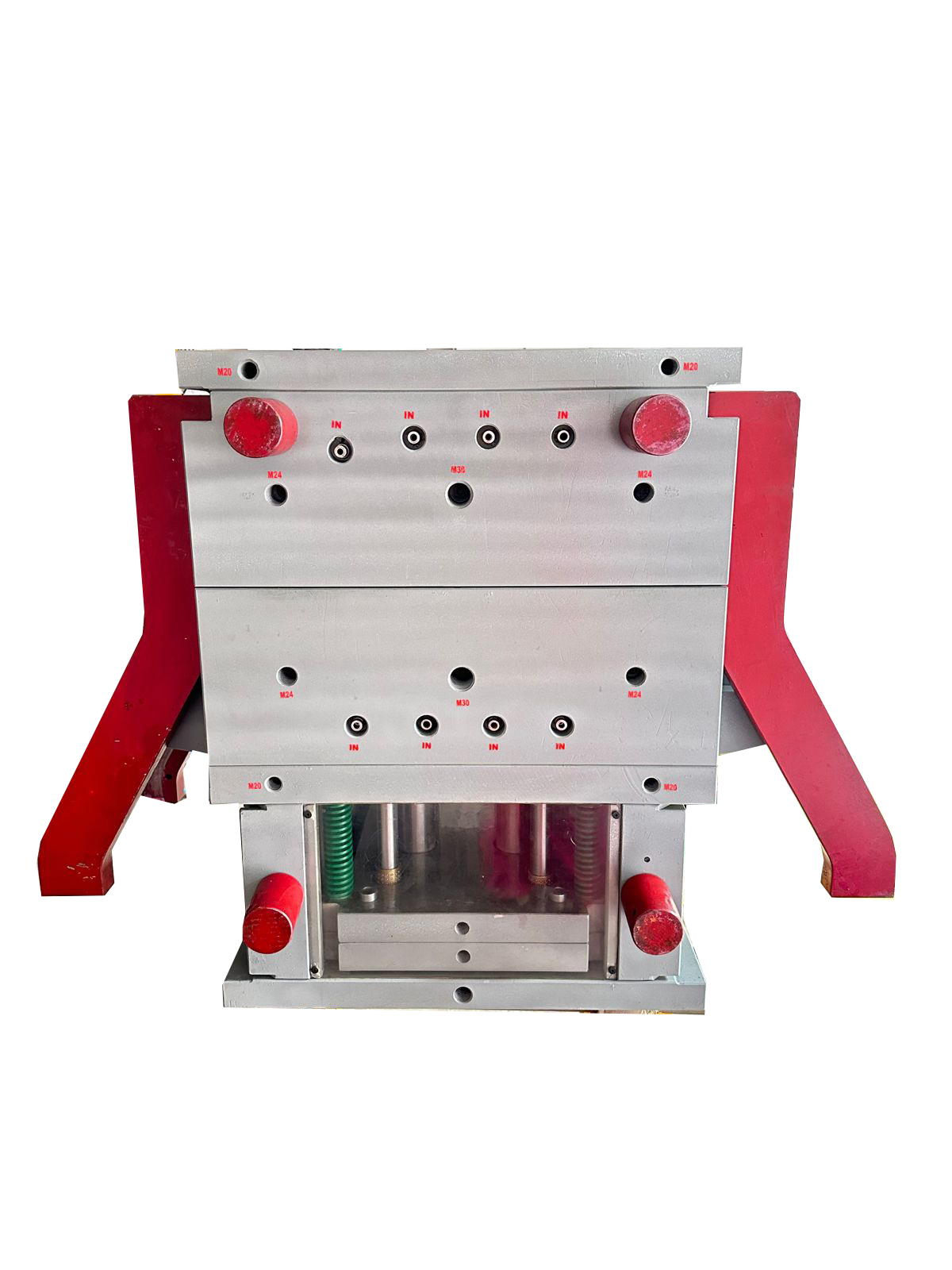
M A I N T E N A N C E
In the intricate world of manufacturing, where precision is paramount, mould maintenance stands as a linchpin for sustained quality and efficiency.
At VJ Tools, we recognize the critical role of mould maintenance and offer valuable insights into creating a proactive maintenance strategy that ensures your moulds operate at peak performance throughout their lifecycle.
- Regular Inspection Protocols
- Cleaning and Lubrication
Establish a routine inspection schedule for your moulds. Regular visual inspections help identify early signs of wear, damage, or potential issues. Pay close attention to high-stress areas, moving parts, and any components susceptible to wear and tear.
Cleanliness is key to mould longevity. Implement thorough cleaning procedures to remove residue, contaminants, or deposits that can affect mould performance. Additionally, regularly lubricate moving parts to reduce friction and prevent premature wear.
- Wear and Tear Analysis
- Calibration Checks
Conduct a comprehensive wear and tear analysis as part of your maintenance routine. Identify components showing signs of deterioration and plan for timely repairs or replacements. Proactively addressing wear issues prevents unexpected downtime during production.
Ensure that your mould remains calibrated for precise manufacturing. Regularly check dimensions, tolerances, and alignment to prevent deviations that can impact the quality and consistency of your products.
- Temperature and Cooling System Maintenance
- Documentation and Record-Keeping
Moulds often operate under varying temperature conditions. Regularly inspect and maintain the temperature control system to ensure uniform heat distribution. Verify the efficiency of cooling channels to prevent overheating and ensure optimal cycle times.
Maintain comprehensive documentation of all maintenance activities. Keep records of inspections, repairs, and any modifications made to the mould. This historical data serves as a valuable reference for future maintenance and troubleshooting.
- Training and Skill Development
- Scheduled Preventive Maintenance
Invest in training for your maintenance staff to ensure they possess the skills and knowledge necessary for effective mould maintenance. A well-trained team can quickly identify issues, perform repairs, and contribute to the overall efficiency of your manufacturing process.
Implement a preventive maintenance schedule based on the usage patterns of your moulds. Scheduled downtime for preventive maintenance can help avoid unplanned stoppages, reduce the likelihood of major repairs, and extend the overall lifespan of the mould.
- Collaborative Approach
- Continuous Improvement
Foster a collaborative approach between your production and maintenance teams. Regular communication ensures that maintenance staff are aware of any operational challenges, production requirements, or changes that might impact mould performance.
Treat mould maintenance as an ongoing process of continuous improvement. Regularly review maintenance procedures, seek feedback from production teams, and explore opportunities to enhance efficiency and reduce downtime.

